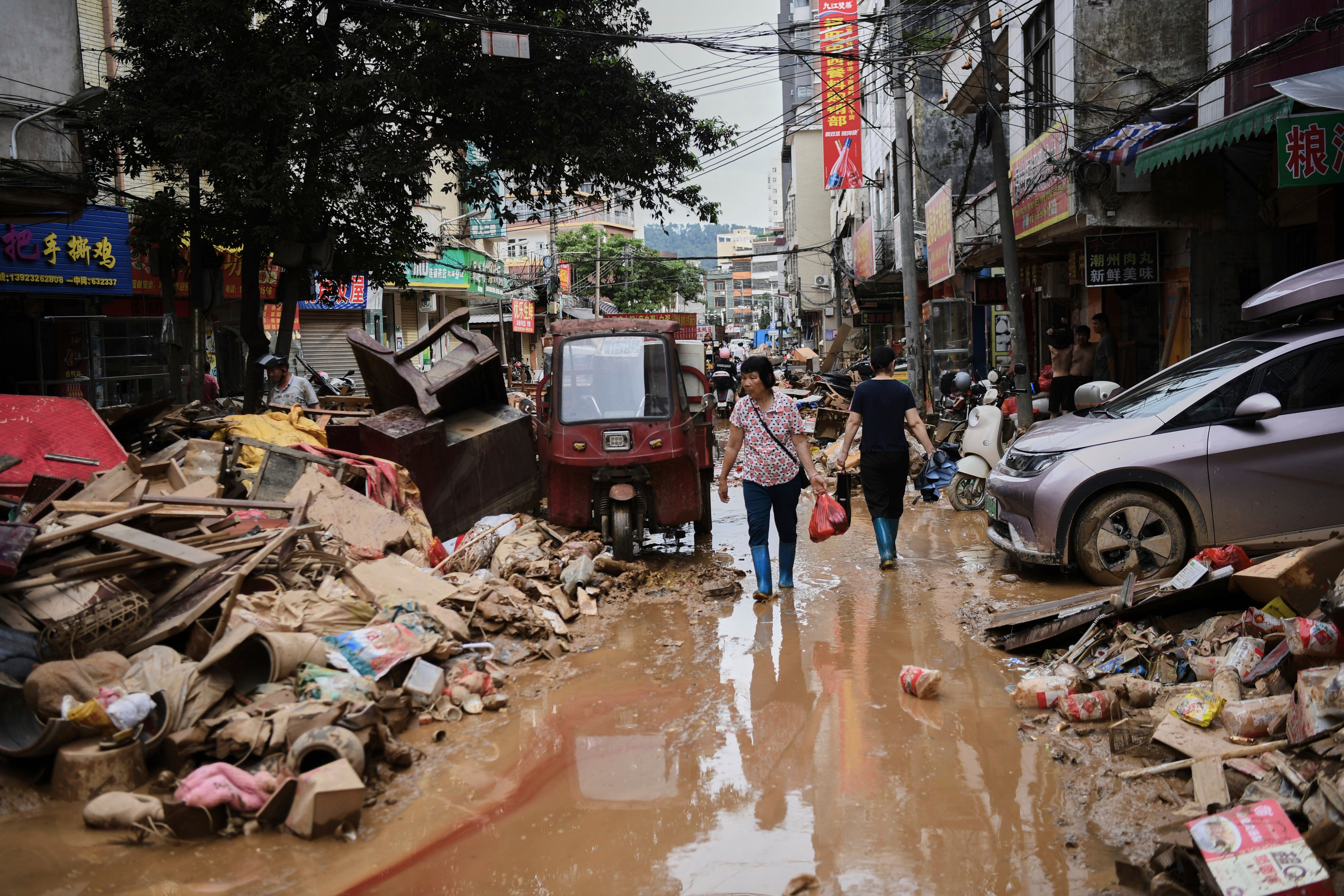A tropical depression has made landfall on China’s southern Hainan island, bringing a fresh spell of heavy rain and strong winds to a region already reeling from deadly floods.
The system, which crossed the island’s northeastern coast early on Wednesday, is expected to move across Hainan before making a second landfall in Guangdong province.
The latest storm has raised fears of renewed flooding in areas still struggling to recover from the impact of Typhoon Wutip, which killed at least five people and forced hundreds of thousands to evacuate just two weeks ago.
Meteorological officials said rainfall totals could exceed local thresholds for flash flooding, and authorities warned of landslides, swollen rivers and road closures in parts of Hainan, Guangdong and neighbouring Guangxi.
Local emergency teams have been deployed to vulnerable areas, and residents have been urged to stay indoors and avoid travel until conditions improve. Schools were closed in several cities, and ferry services between Hainan and the mainland were temporarily suspended.

Last month’s floods had already overwhelmed drainage systems in parts of Guizhou and Hunan, submerging farmlands, damaging infrastructure and prompting some of the country’s first red alerts for flooding this season.
On Tuesday, the Rongjiang government raised the flood alert to its highest level. Since last week, heavy rains from an intensified East Asian monsoon have pummeled Guizhou’s mountainous region and other southern Chinese areas, shattering rainfall records in some parts.
A video showed a driver trapped in his truck mid-air after a bridge collapsed amid heavy rains in the region.
The early arrival of typhoon systems this year has added pressure to disaster response mechanisms, with experts warning that the combined effects of heavy rainfall and rising temperatures are increasing the frequency and severity of extreme weather events in China.
The central government has ordered inspections of dams and embankments, and relief supplies are being dispatched to provinces facing potential compound weather impacts.
Officials said the current tropical depression was not expected to strengthen into a typhoon but could still bring disruptive rain across densely populated coastal areas in the coming days. The full impact on agriculture and infrastructure will likely become clearer once the storm system passes.
China’s National Meteorological Center issued yellow heat alerts this week in the northern parts of the country as the south continued to face floods.
China has been grappling with a rise in both the intensity and unpredictability of its weather patterns, with scientists linking these changes to the growing influence of global heating on the region’s monsoon cycle.


